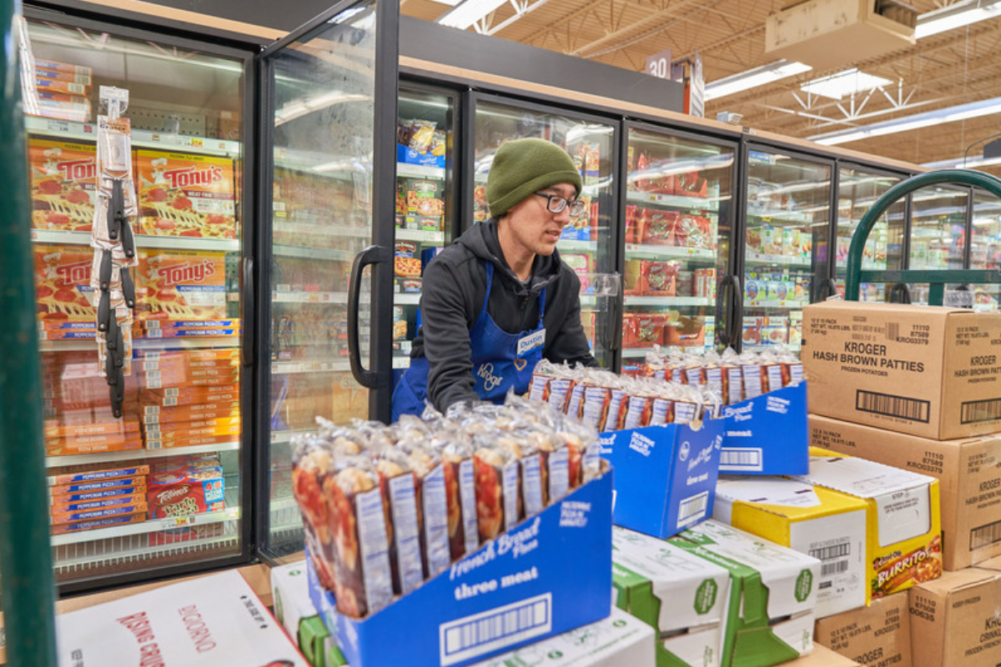CINCINNATI – During the month of March, The Kroger Co., saw a sales jump of 30% in retail sales excluding fuel sales.
March brought the onslaught of shoppers stocking up on food and necessities in preparation for the coronavirus (COVID-19) outbreak in the United States. Consumers also took a larger interest in digital grocery shopping solutions, which the retailer is positioned to support with pick-up and delivery services.
"Kroger's most urgent priority is to provide a safe environment for associates and customers, with open stores, comprehensive digital solutions and an efficiently operating supply chain, so that our communities have access to fresh, affordable food and essentials," said Rodney McMullen, chairman and chief executive officer of Kroger. "We are so proud of our dedicated associates who are on the front lines serving our customers when they need us most. A huge thank you to all of our associates, whose efforts are nothing short of heroic."
In early observations, The Kroger Co., started to see an uptick of sales and a shift in consumer behavior at the end of February, and sales saw a sharp uptick through the month of March with demand broad across fresh and other grocery departments.
The company is investing those increased sales into special pay increases above regular wages for frontline hourly associations, providing expanded sick leave and hiring a record number of new team members. The grocer is also investing in increased safety protocols in response to COVID-19 that include more frequently cleaning and sanitizing stores.
"We are seeing strong sales and are at the same time investing in our business to support our customers and associates through the current uncertainty," said Gary Millerchip, chief financial officer of Kroger.
While it is too early to predict the “new normal” of sales in the coming months, Kroger anticipates volatility in sales throughout the year resulting from COVID-19. The company expects continued investments to be made through the COVID-19 pandemic, a delay of certain cost-saving initiatives to focus on where resources are needed in the short-term and a potential long-term shift in consumer behavior toward eating more food at home.

